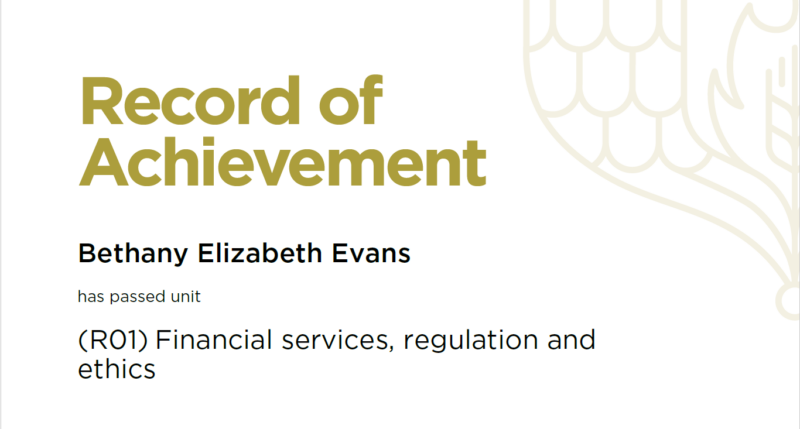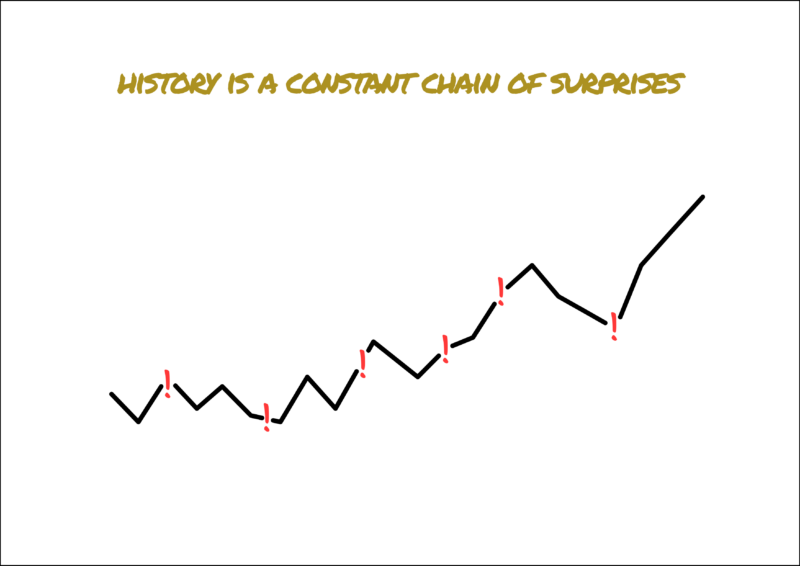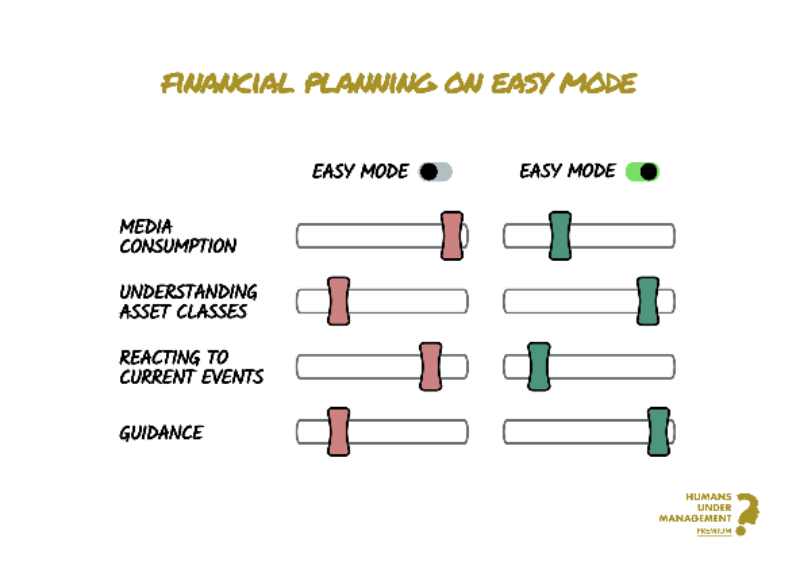At present, taxpayers earn tax relief on their pension contributions at what’s known as their highest personal marginal rate of tax. So for basic rate (20%) taxpayers, a £100 pension contribution costs just £80 after £20 of tax relief. For higher rate (40%) taxpayers, a net £60 is needed to make a £100 contribution, with £40 in tax relief. For additional rate (45%) taxpayers, the net figure falls to £55, plus £45 in tax relief.
The article cites various media sources as reporting that the Treasury now appears to have concrete plans to end pension tax relief at the 20%, 40% and 45% rates, instead replacing it with a universal tax relief at a single, flat rate. It is suggested that this flat rate relief will surely be higher than 20% and lower than 40%, with 33% an oft-quoted middle ground. What this means is that 40% and 45% taxpayers will be worse off, as they will lose valuable tax relief. On the other hand, tax relief rising from 20% to, say, 33% will hugely benefit 20% taxpayers. In fact, the higher the flat rate of relief, the better-off basic rate taxpayers and non-taxpayers will be.
As is normal with Budget announcements, were the Chancellor to alter pension tax relief then this change would normally take effect from the start of the next tax year or the one thereafter. The 2015/16 tax year begins on 6th April, so this appears to be the earliest point it could be introduced. With the Chancellor’s Budget speech taking place on 16th March, this would give you 21 days to pour money into your pension in order to secure last minute tax relief at 40% or 45%! Because of this, it seems likely the Chancellor will also announce ‘anti-forestalling’ measures in his Budget speech, so as to end higher rates of pension tax relief on that same day.
If higher rates of pension tax relief do end on 16th March, then this pension reform produces two very different outcomes for workers, depending on their personal incomes. For higher and additional rate taxpayers, the best strategy may well be to maximise your pension contributions before 16th March, either through lump sums or by bringing forward future contributions to be made on or before 15th March.
However, basic rate taxpayers could benefit from delaying planned pension contributions until after 5th April, as this may allow you to claim higher tax relief at a new flat rate. All is likely to be made clear during Mr Osborne’s Budget announcement which, unfortunately, leaves us in something of a guessing game until that time.
Sources: www.home.bt.com (Published article: 2016/01/20)




